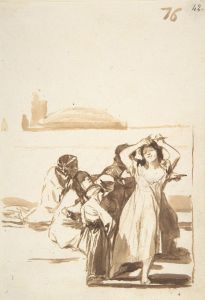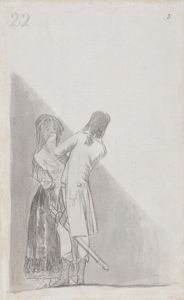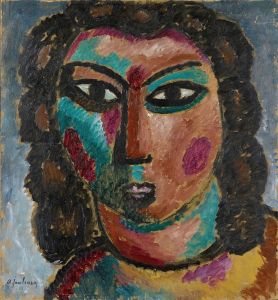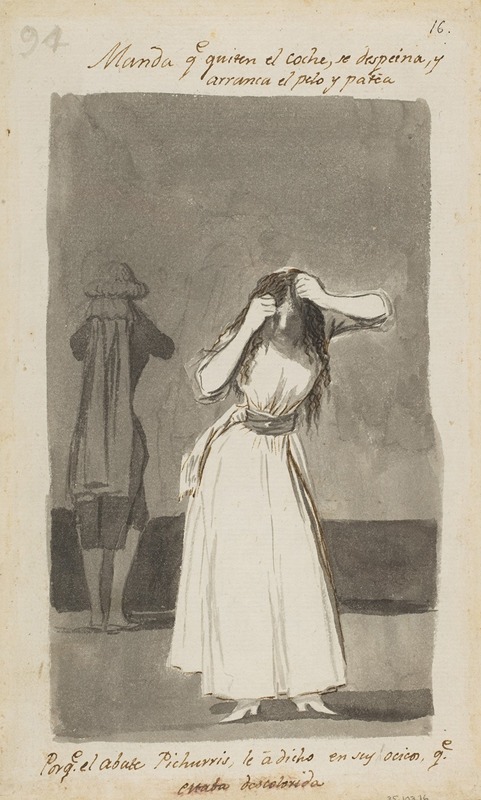
Woman throwing a tantrum and pulling her hair
A hand-painted replica of Francisco de Goya’s masterpiece Woman throwing a tantrum and pulling her hair, meticulously crafted by professional artists to capture the true essence of the original. Each piece is created with museum-quality canvas and rare mineral pigments, carefully painted by experienced artists with delicate brushstrokes and rich, layered colors to perfectly recreate the texture of the original artwork. Unlike machine-printed reproductions, this hand-painted version brings the painting to life, infused with the artist’s emotions and skill in every stroke. Whether for personal collection or home decoration, it instantly elevates the artistic atmosphere of any space.
"Woman throwing a tantrum and pulling her hair" is a painting by the renowned Spanish artist Francisco de Goya. Goya, who lived from 1746 to 1828, is widely regarded as one of the most important painters of the late 18th and early 19th centuries. His works encompass a wide range of subjects, from portraits of the Spanish aristocracy to more somber and critical depictions of societal issues and human suffering.
This particular painting, "Woman throwing a tantrum and pulling her hair," is a striking example of Goya's ability to capture intense human emotion. The artwork portrays a woman in a moment of extreme distress, her face contorted in anguish as she pulls at her hair. The raw emotion conveyed in the painting is characteristic of Goya's later works, which often explored themes of madness, despair, and the darker aspects of the human condition.
Goya's technique in this painting is notable for its loose brushwork and dramatic use of light and shadow, which heighten the sense of turmoil and psychological intensity. The background is kept relatively simple, ensuring that the viewer's focus remains on the woman's expressive figure. This approach is consistent with Goya's broader artistic style, which often emphasized the emotional and psychological over the purely representational.
The exact date of the painting is not definitively known, but it is generally believed to have been created during Goya's later years, a period when he produced many works that delved into the more disturbing and unsettling aspects of human experience. This phase of his career is often associated with his "Black Paintings," a series of murals that he painted directly onto the walls of his house, which similarly explore themes of fear, insanity, and existential dread.
Goya's work, including "Woman throwing a tantrum and pulling her hair," has been the subject of extensive scholarly analysis. Art historians have often interpreted these intense emotional depictions as reflections of Goya's own turbulent times, marked by political upheaval, war, and personal suffering. The Napoleonic Wars, the Spanish Inquisition, and Goya's own health issues, including a severe illness that left him deaf, are all thought to have influenced his darker artistic themes.
Despite the grim subject matter, Goya's paintings are celebrated for their technical mastery and their profound psychological insight. "Woman throwing a tantrum and pulling her hair" stands as a powerful testament to Goya's ability to convey the depths of human emotion and the complexities of the human psyche.
Today, Francisco de Goya is remembered as a pivotal figure in the transition from the Old Masters to the modern era of art. His influence can be seen in the works of later artists who similarly sought to explore the inner workings of the human mind and the darker sides of human nature. Goya's legacy endures not only through his paintings but also through his impact on the trajectory of Western art history.





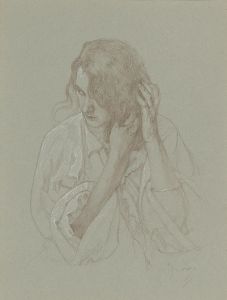
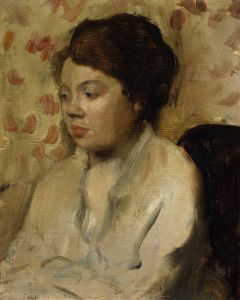
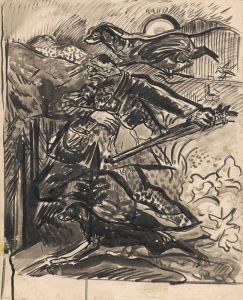
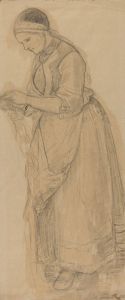
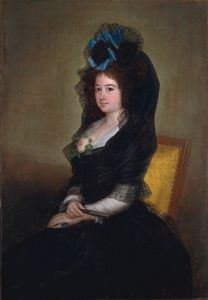
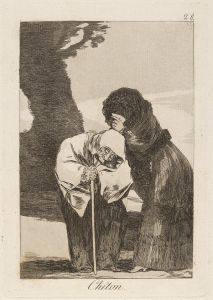
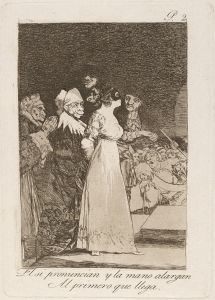
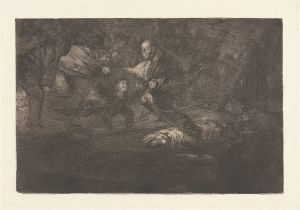
![The Claws of a Cat and the Dress of a Devotee-Similar to Vice Is Often Clothed in Virtue’s Habit [General Folly]](/imgs/264662/s/francisco-de-goya-the-claws-of-a-cat-and-the-dress-of-a-devoteesimilar-to-vice-is-often-clothed-in-virtues-habit-general-folly-3d0e1eb5.jpg)
